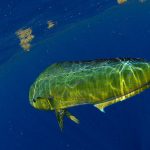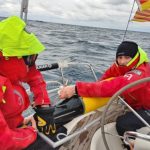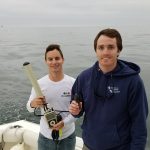← Back
Glider recovery with Argos back-up tracking
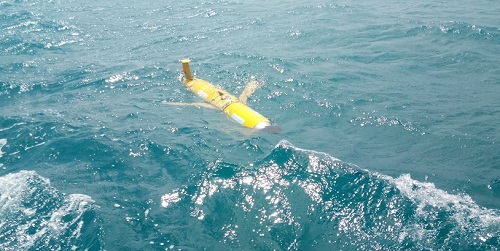
Australia’s Integrated Marine Observing System (IMOS) is a national collaborative research infrastructure, supported by the Australian Government. The IMOS Ocean Gliders facility operates a fleet of autonomous underwater ocean gliders that undertake measurements from shelf and boundary currents in Australian waters. They recently recovered one of their precisous gliders – and the extremely valuable data it had collected – thanks to the Argos backup tracking system integrated by the glider manufacturer.
In March, glider U287 was deployed off the Northeast Australian coast, in the Coral Sea. After 8 days at sea, the glider started showing signs of a faulty altimeter. Then the pilots lost contact with the glider. For two weeks, no signal was received at all and the glider team was beginning to panic. But on April 1st, glider U287 resurfaced, and started sending sporadic positions via its Argos backup communication system.
By April 3rd, U287 was sending regular positions. It was approaching the coast. Its drift trajectory made it look like it would soon cross a major maritime shipping route, at its own risk and perils. But the weather was so bad that it was impossible to send out a rescue mission.
Glider recovery
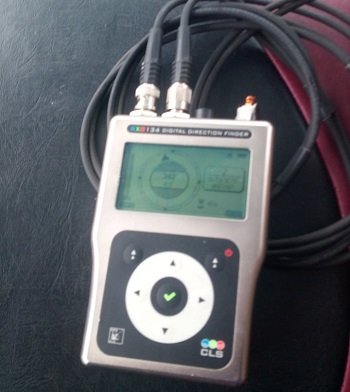
The Argos goniometer can be used to recover expensive oceanographic equipment like U287. Photo courtesy of Dennis Stanley.
On April 4th, the weather improved enough for the Ocean Glider team to send out a rescue mission. The team headed towards the last Argos position received by satellite. Onboard, the team had their Argos goniometer/direction finder, a sophisticated device which makes it possible to receive Argos signals from the backup transmission system directly (within a 100 km range). The team programmed the goniometer to receive data from the missing tag before leaving shore. About 10 kms out, the team picked up the first signal from the tag despite the choppy seas. The goniometer received regular pings (every 90 seconds) from the Argos tag, guiding the rescue team towards it.
As the rescue boat approached, the glider just narrowly missed collision with a cargo ship. The glider was floating low in the water when the pilot scooped it out of the water and carried it to safety. Thanks to the goniometer, they were able to recover the glider quickly before another cargo ship passed, putting the vulnerable drone in danger again.
Precious data recovered
With the redundant tracking systems built into Slocum gliders, the Argos goniometer/direction finder, and the charter boat company, the Ocean Glider team was able to recover their precious equipment and all of the valuable data that it stored.
Today, glider U287 continues to record what’s happening in our oceans for IMOS.
Read the full story
About the Argos goniometer:
The Argos goniometer, which has a long experience in equipment rescue, has been designed by CLS to specifically allow users to find active ARGOS PTTs in the field. Depending on the altitude and the reception conditions the goniometer can detect all transmitting platforms within a radius of 100 km or more.
This highly sensitive direction finder is an excellent tool for the field recovery of expensive ocean equipment using Argos as a backup communication system. Some glider manufacturers integrate Argos tags in their gliders for this purpose, or Argos tags can be attached to the antenna in case of malfunctions of the main communication system.
The Argos goniometer displays:
- The direction towards the Argos platform
- The signal power of the Argos transmitter
- The GPS positions transmitted by the platform (if any)
This equipment is also useful for finding any Argos transmitters in the field, including animal tracking tags, such as bird tags and pop-ups, or any Argos-equipped ocean platforms.
Photo credits: Dennis Stanley

